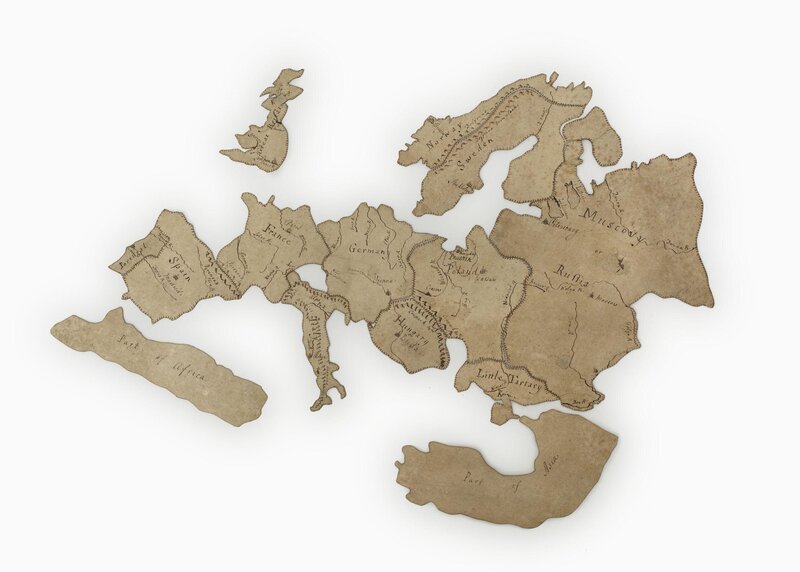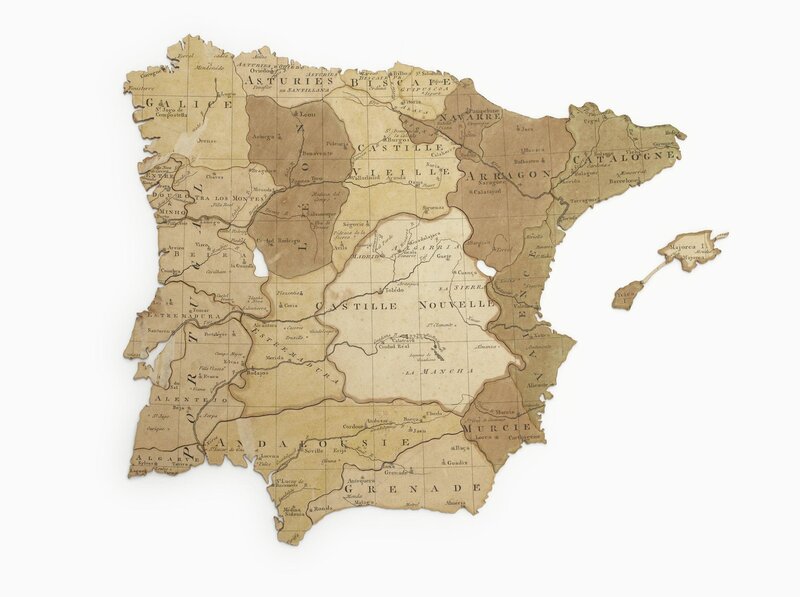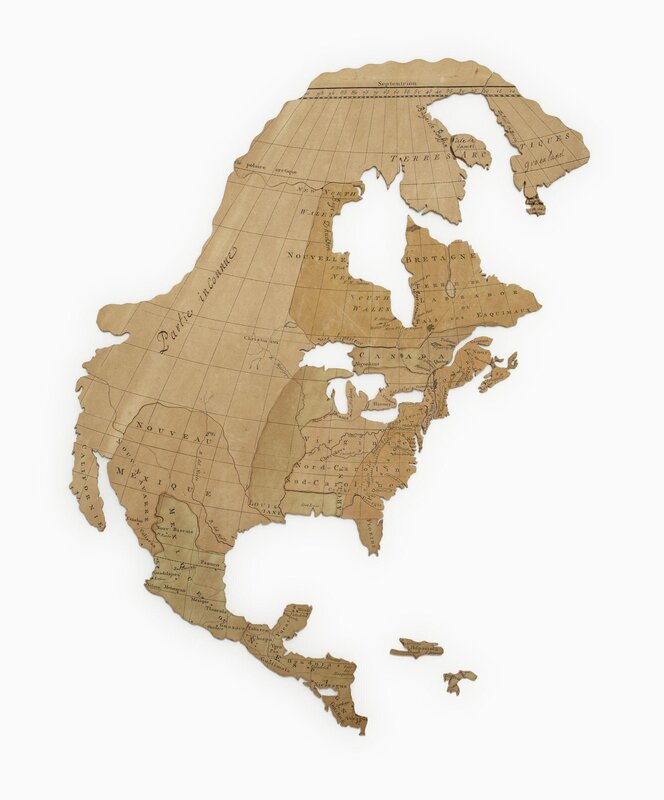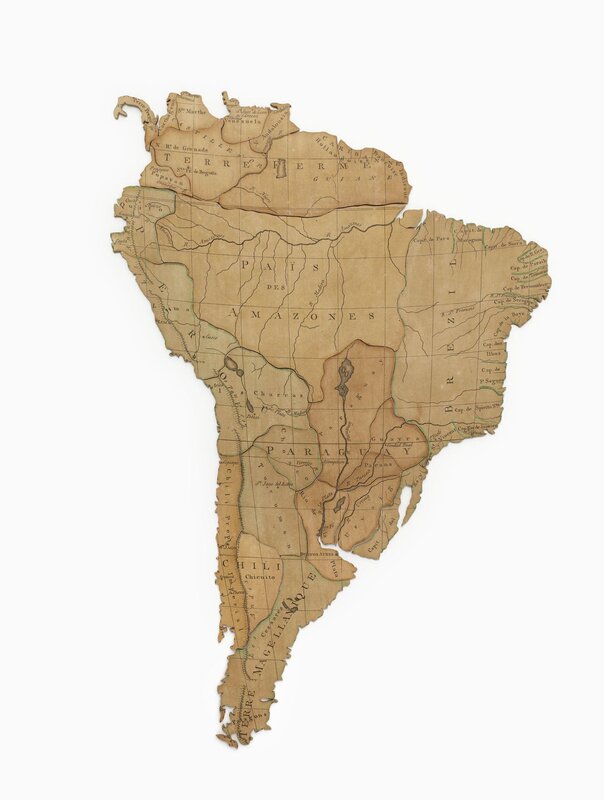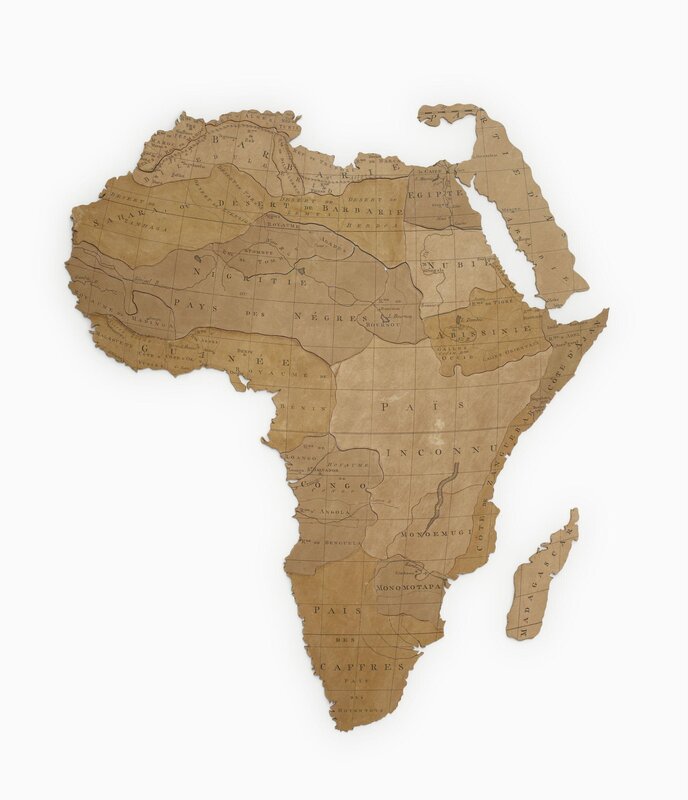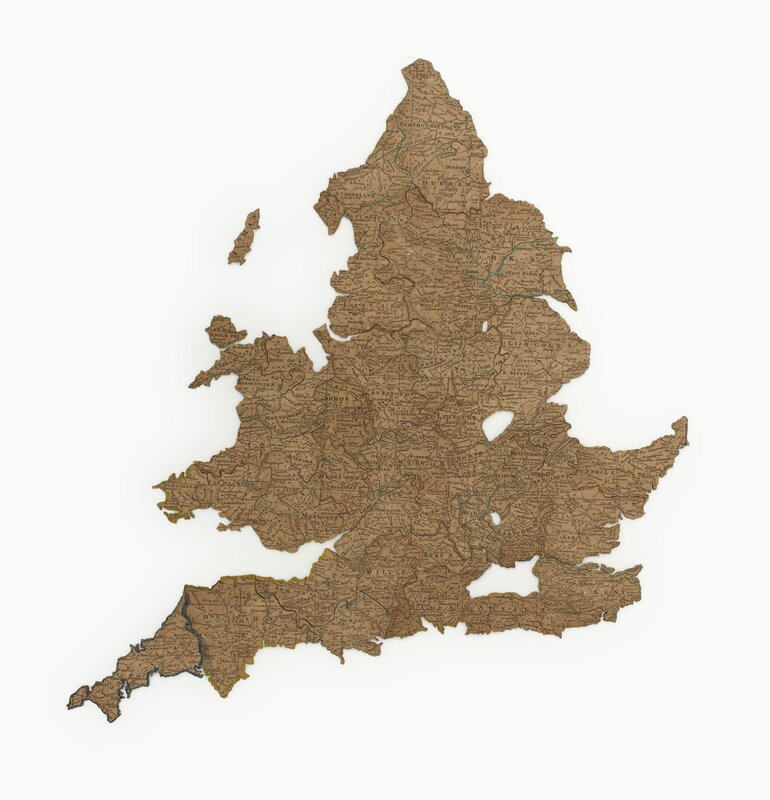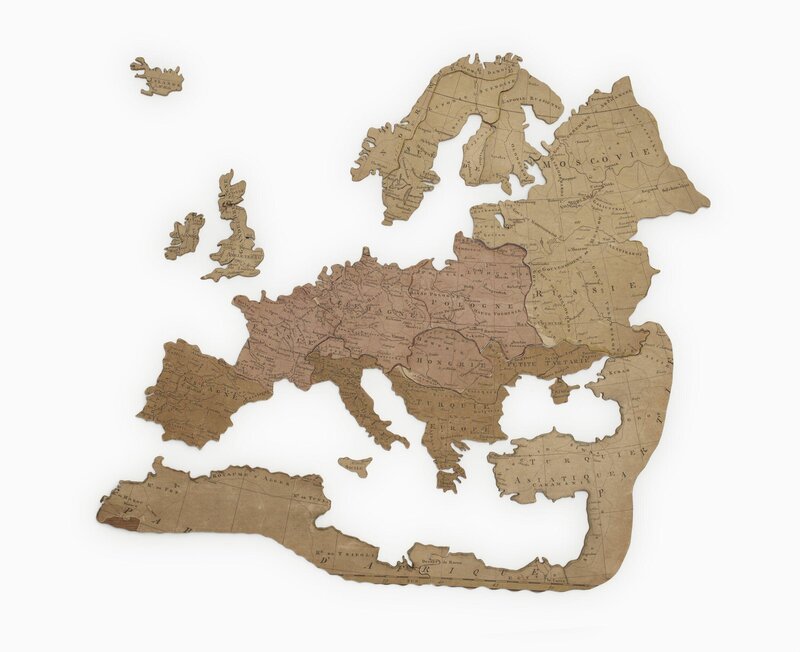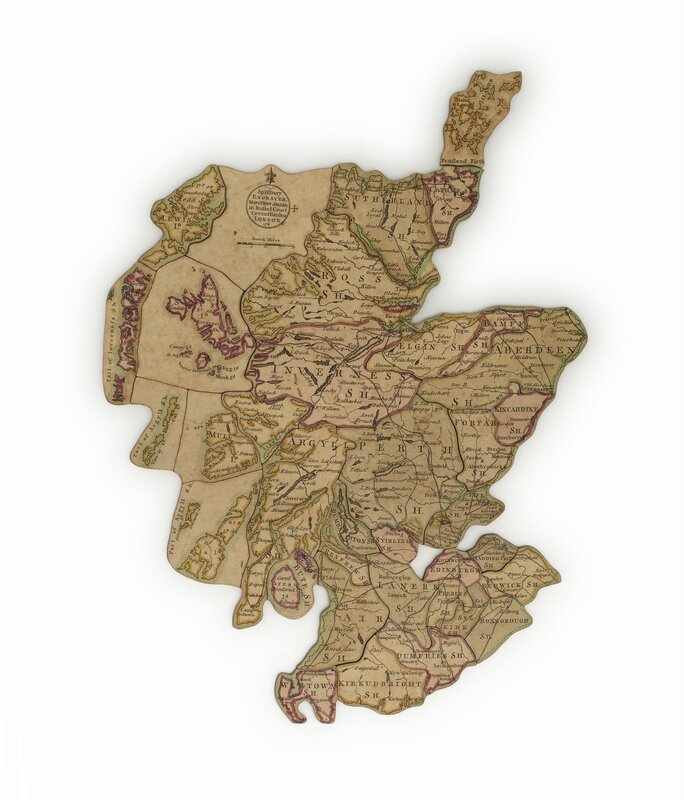The Royal Puzzles
The fifteen children of George III (1738-1820) had endless educational resources due to being part of the royal family, one of which being dissected maps. Their mother, Queen Charlotte (1744-1818), was very interested in education and emphasized its importance within the family. Lady Charlotte Finch (1725-1813), the royal governess for the children of George III, helped teach the children and gathered resources to help them learn. Below are some of the dissected maps that were held within Lady Charlotte Finch's puzzle cabinet. The puzzles in her cabinet were not all created by the same person, but Jean Palairet (1697-1774) was one of the names that came up fairly often within this cabinet, as well as John Spilsbury. Jean Palairet was a cartographer who was commissioned to create several dissected maps for the royal children.
One of the things that is important to remember when thinking about puzzles as a whole, more specifically dissected maps, is its root in elitism and colonialism. These dissected maps were already popular within higher class civilians, but their popularity grew when these maps were introduced to the royal family. Queen Charlotte is said to have been very interested in not only her children's education, but education as a whole. With this in mind, it is no surprise that dissected maps were introduced to the royal family.
Would jigsaw puzzles be what they are today if not for the royal family?
The answer to that question would mean considering a completely different timeline. Taking into consideration the impact of colonialism on dissected maps, it is no surprise that dissected maps grew in popularity once the royal children began using them. Overall, whilst the royal family had a big impact on the growth of these puzzles, it is important to note that they were being used elsewhere far before the royal family came into contact with them. With earliest evidence of use going back to 1740, puzzles may have still ended up having a similar commercial success that they do today. It is important to note, however, that even when they were not being used by the royal children, dissected maps were still generally unattainable to lower class populations. An unfortunate reality of the time is that without money, one would likely never receive an education, or if they did, it would not be to the same level as someone of a higher economic standing. The jigsaw puzzle started as a tool for the upper classes to enjoy, but grew to become something that anyone can enjoy.
What makes these maps different from other dissected maps of the time?
These dissected maps are the most well preserved dissected maps, due to their protection provided by Lady Charlotte Finch's puzzle cabinet. Through them, one can see difference in styles. For example, on the bottom right, is a map done by John Spilsbury. Something characteristic of his puzzles is that most, if not all that still exist today included some kind of color on them, whereas others did not. Other than that, these are the kinds of maps that would have been shared throughout England. Since it is a map, it is more difficult to have artistic styles and techniques.
